Frame to Transport Granite: A Beginner's Guide
A frame to transport granite is a specialized structure designed to transport granite slabs and other heavy stone materials safely. These frames provide essential support and stability, preventing damage during handling and transportation. They are commonly used by fabricators, contractors, and suppliers in the stone industry.
What is a Frame to Granite Transport?
A frame to transport granite is a specialized structure designed to transport granite slabs and other heavy stone materials safely. These frames provide essential support and stability, preventing damage during handling and transportation. They are commonly used by fabricators, contractors, and suppliers in the stone industry.

Benefits of Using a Granite Transport Frame
1. Enhanced Stability
Granite slabs are heavy and fragile. A frame to transport granite prevents slabs from shifting, reducing the risk of breakage.
2. Improved Safety
Handling heavy stone materials without proper equipment can lead to injuries. A frame to transport granite ensures safer movement and lifting.
3. Surface Protection
With rubber-coated supports, these frames prevent scratches, chips, and cracks, maintaining the quality of granite slabs.
4. Increased Efficiency
Using a transport frame streamlines the process of loading, unloading, and moving slabs, improving workflow efficiency.
5. Versatile Storage Solution
Frames not only assist in transport but also serve as a secure storage solution for granite and other stone materials.
How to Choose the Right Granite Transport Frame
When selecting a frame to transport granite, consider the following key features:
1. Material & Construction
Opt for high-strength materials such as powder-coated or galvanized steel for durability and resistance to wear.
2. Weight Capacity
Ensure the frame to transport granite can support your required load.
3. Clamping & Securing System
Choose frames with locking bars and ratchet straps to keep slabs securely in place during transport.
4. Rubber-Coated Supports
Look for frames lined with replaceable rubber strips to protect granite surfaces from impact damage.
5. Forklift Compatibility
Built-in forklift receivers allow for lifting from multiple angles, ensuring easier handling and maneuverability.
6. Adjustable Support Legs
Support legs provide added stability during truck transport and should be easy to lower and secure.
7. Compact & Space-Efficient Design
Frames should be designed to hold multiple slabs efficiently while minimizing storage space.
How to Use a Granite Transport Frame Safely
Proper handling of a frame to transport granite is crucial for safety and efficiency:
Step 1: Inspect Before Use
Check for any loose bolts, damaged straps, or missing rubber lining before loading granite slabs.
Step 2: Load Slabs Evenly
Distribute weight evenly on both sides of the frame to maintain balance.
Step 3: Secure the Load
Use locking bars and ratchet straps to firmly secure the slabs.
Step 4: Lower Support Legs
When transporting by truck, always lower the support legs to enhance stability.
Step 5: Use Proper Lifting Equipment
For heavy loads, use a forklift to prevent injuries and ensure smooth handling.
Step 6: Store in a Dry, Stable Area
When not in use, store the frame to transport granite in a dry, well-ventilated space to prevent rust and extend its lifespan.
Common Mistakes to Avoid When Using a Granite Transport Frame
Even with the right equipment, improper handling can lead to damage or safety hazards. Here are some common mistakes to avoid:
1. Overloading the Frame
Every frame to transport granite has a specific weight capacity. Overloading beyond the recommended limit can cause structural damage or accidents.
2. Not Securing Slabs Properly
Failing to use locking bars or ratchet straps increases the risk of slabs shifting during transport, leading to breakage.
3. Transporting Without Lowered Support Legs
Support legs should always be lowered when moving a fully loaded frame on a truck. This stabilizes the frame and prevents tipping.
4. Ignoring Frame Inspections
Regularly inspect the welds, bolts, and rubber supports for signs of wear and tear to ensure continued safe operation.
5. Improper Forklift Handling
Ensure the forklift tynes are fully inserted into the frame’s forklift receivers before lifting. Partial insertion can cause the frame to tilt or fall.
Best Practices for Storing and Maintaining a Granite Transport Frame
Maintaining your frame to transport granite ensures longevity and efficiency. Follow these best practices:
1. Regular Cleaning
Dirt, dust, and moisture can accelerate wear. Clean the frame regularly to prevent rust and buildup.
2. Lubricate Moving Parts
If your frame has adjustable clamps, wheels, or foldable legs, apply lubrication periodically to keep the mechanisms smooth.
3. Store in a Covered Area
Exposure to rain and extreme weather conditions can weaken metal frames over time. Store the frame in a sheltered or indoor space.
4. Replace Worn-Out Rubber Supports
If the rubber lining starts to wear or peel, replace it immediately to continue protecting granite slabs from scratches and impacts.
5. Perform Monthly Inspections
Check the frame structure, bolts, and securing straps every month to ensure everything is in good condition before use.
In conclusion, a frame to transport granite is a must-have for ensuring the safe, efficient, and damage-free handling of stone slabs. By considering construction quality, weight capacity, security features, and handling ease, you can find a frame that meets your needs. Whether you're a stone fabricator, contractor, or supplier, investing in a reliable transport frame will improve safety, efficiency, and overall operations.
Find the Right Granite Transport Frame for Your Needs!
Discover high-quality transport frames designed for durability and efficiency, ensuring safer and more convenient stone transportation!
















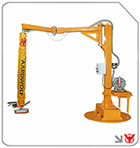
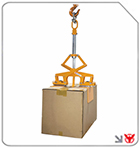
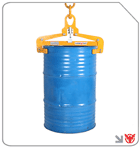

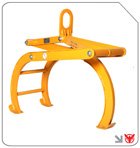

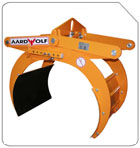
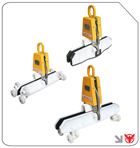

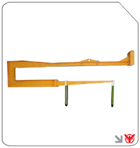
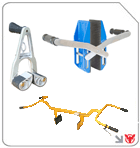
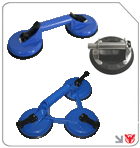

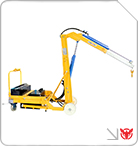

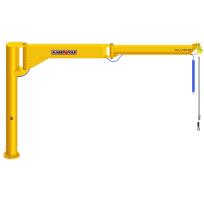
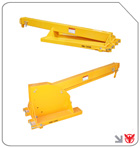
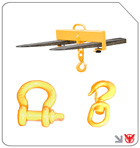
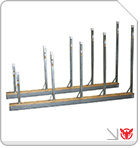
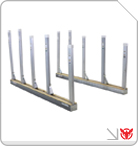
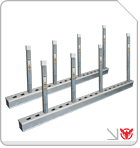



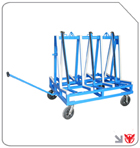

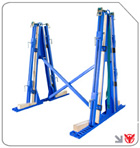
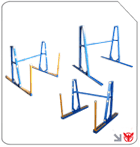
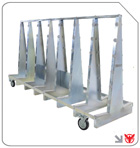



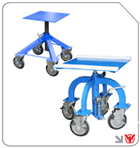




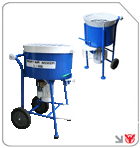

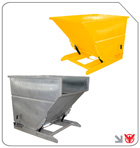

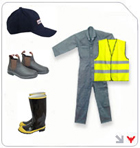
Follow us on: